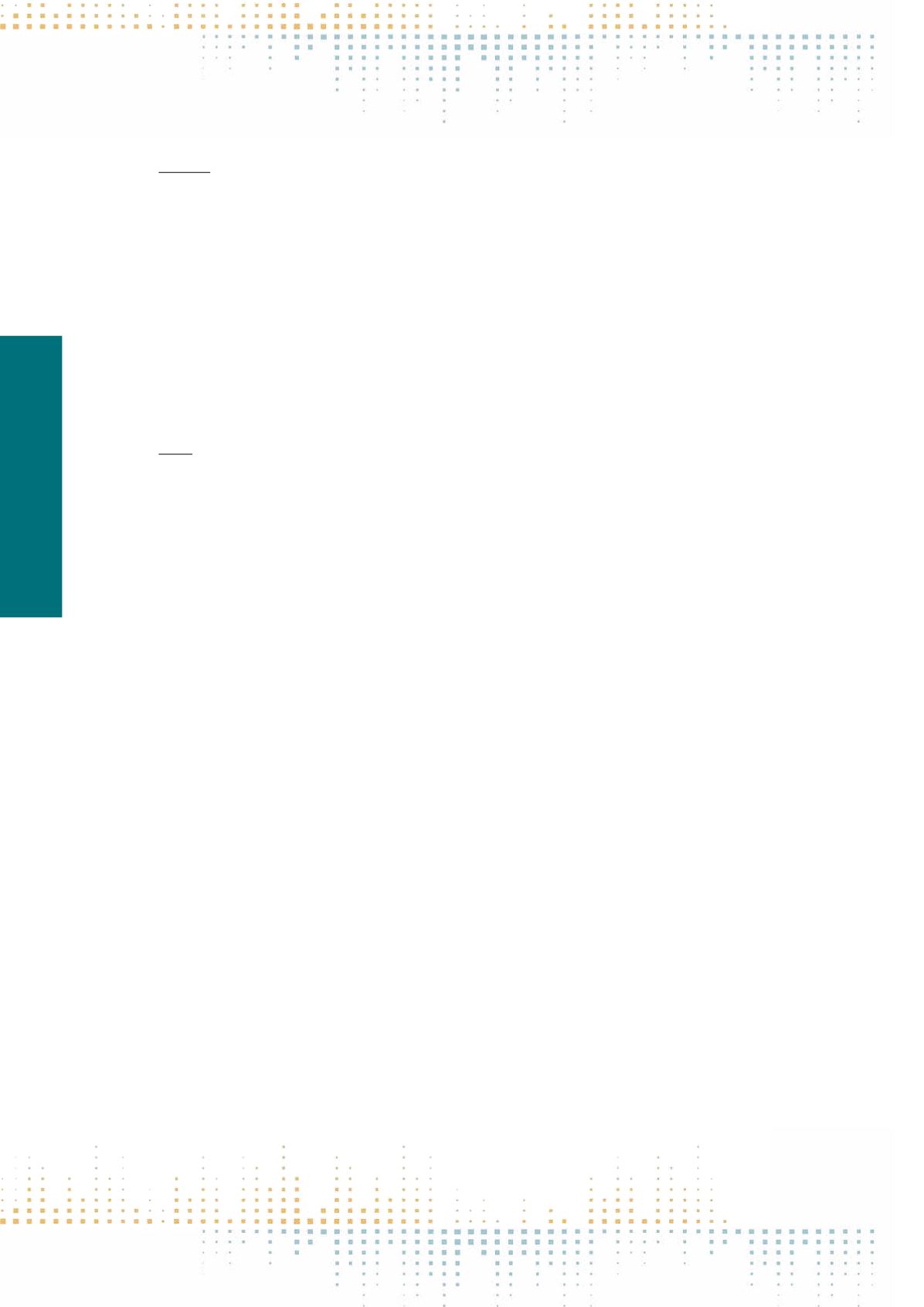

230
Friday, November 11
1 6 : 0 0 – 1 7 : 3 0
PP 428
Turning the Inside Out: Social Media and the Broadcasting of Indigenous Discourse
S. Lindgren
1
1
Umeå University, DIGSUM, Umeå, Sweden
This paper analyses what happens on social media (Twitter) when a local issue specific to a certain Indigenous group spreads out to a wider network
of actors. We look closer at the process where emic (inside) discourses are enabled, through social media, to reach a broader audience and become part
of translocal debates. In a case study of information sharing, network building and support on Twitter in relation to a series of Sámi anti-mining protests in
2013, we address questions about the dynamics, flows and process of Indigenous communication on Twitter. First, we analyse in what ways and to what
extent the posts are used for inreach communication or outreach communication. Second, we analyse the role of tweets that contain links to web resources
for broadcasting Indigenous concerns to a wider, more diverse audience. Finally, we assess how different types of actors interact in order to shape the circu‑
lation of content. Our analysis shows even though communication went beyond the core community, Sámi actors still appeared to own and control the dis‑
course and agenda on the issue in social media. Obviously, online communities are not secluded communities. For geographically localised groups and for
marginalised communities, the use of global social media does not only enable communication with actors in more distant groups and places; social media
also makes visible common interests and goals on a global scale. The possibility of addressing multiple audiences at the same time increases the potential
of reaching an audience outside one’s set of“followers”or one’s tight-knit communities of like-minded people.
PP 429
Fans or Followers? The Changing Relationships Between Celebrities, Artists and Audiences
D. Giles
1
1
University of Winchester, Psychology, Winchester, United Kingdom
This paper reports some microanalytic research on the Twitter interactions between a selection of emerging crime authors and their followers. The focus
of the study is on the changing relationship between celebrities/artists and their audience(s), exploring how this relationship is now acted out in social
media, where the subject positions taken up by celebrities and fans are more ambiguous than in traditional (broadcast) media. The research draws on
communication theory (parasocial relationships) and fan studies as well as positioning theory (Harré & Van Langenhove, 1999), discursive psychology, and
performativity (Butler, 1990). Traditional studies of fandom have tended not to problematize the relationship between individual fans and the fan object.
Scholars have studied specific communities organised around the shared understanding that they are fans of that particular object (e.g. a rock group or
a TV series). This reflects the way fandom was performed in the last century: a rock group had a hit record, or a TV series attracted a significant viewing
audience, and a fan community emerged accordingly around a number of enthusiasts, becoming a coherent institution with a clear identity (a fan club, or
stand-alone website). For artists and entertainers embarking on careers in recent years, social media have created a very different experience. Any aspiring
celebrity will necessarily have several accounts on social media with a modest number of ‘followers’, and this number will grow as their career unfolds and
they become increasingly popular. They will typically go through a stage of ‘micro-celebrity’ (Marwick, 2013, although the vagueness surrounding this
concept is a reflection of the ambiguity surrounding digital culture and traditional celebrity). While that aspiring celebrity’s initial followers are unlikely to
identify as ‘fans’, new followers will increasingly perform fandom, having no previous connection to the celebrity and no obvious professional relationship.
This study explores ways we might distinguish between the social media followers of emerging celebrities: what kinds of identities they perform (fans, in‑
dustry figures, etc), what kinds of interactions they have with the fan object, and what subject positions are available within the social dynamic framework
of the medium. The ‘fan objects’ in this study are emerging crime authors whose first novels have been published in the current decade, who are regular
users ofTwitter with at least 1000 followers.The data illustrate the complex relationships the authors have with their followers. Some of the biggest fans, for
example, are ‘book bloggers’who sometimes have more followers than the authors they review, and yet who perform fandom in a traditional way, posing
for selfies with favourite authors and articulating their excitement at potential encounters. Those identifying as peers (writers, authors) encompass a subtle
and elusive range of subject positions depending on their authorial status. Finally I consider the authors themselves, and how their own performance
of celebrity is managed as a function of the interaction with their followers.



















